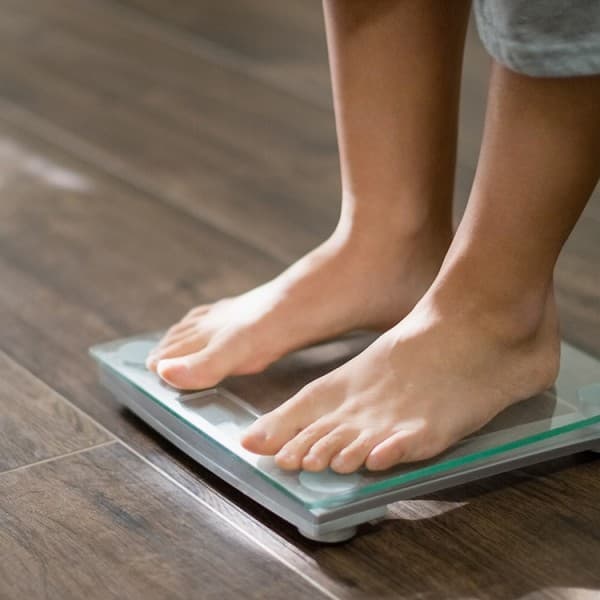
From individuals with heart conditions to athletes monitoring cardio fitness, people from every background have found peace of mind and a more proactive approach to managing their heart health by staying on top of their EKG data. There are seemingly endless options on the market for individuals who want to track their heart health from home. So, how do you know which one to choose?
It's all about you
Don’t let the noise get to you. Figure out exactly what features you need in a remote heart monitor and let the other features hold less weight in your decision. For example, maybe you don’t need it to also track your steps and activity, or alert you to text messages and calls. It’s all about your lifestyle, your habits, and your health. Keep these essential points in mind:
- 1. Number of EKG leads EKGs, or electrocardiograms, are used to view the electrical activity of your heart. In-hospital EKG machines record 12-lead EKGs. Personal EKG devices typically record either single-lead or six-lead EKGs. The more leads recorded, the more detailed view of your heart’s electrical activity. Some arrhythmias can only be detected with multiple leads. For example, KardiaMobile 6L and KardiaMobile 6L Max record six-lead EKGs, while a smartwatch or ring may only record a single-lead EKG. Determine how much data you and/or your doctor need to help get the best view of your heart rhythm.
- 2. Arrhythmia detection Arrhythmias (irregular heart rhythms) can be detected with an EKG. Some personal EKG devices can definitively detect an arrhythmia, while other devices may only be able to detect “signs” of an arrhythmia. Kardia personal EKGs are FDA-cleared to detect up to six of the most common arrhythmias—AFib, Bradycardia, Tachycardia, Sinus Rhythm with PVCs, Sinus Rhythm with SVE, and Sinus Rhythm with Wide QRS. Many wearables or other personal EKG devices are only able to detect possible AFib, high heart rate, or low heart rate. Consider how much accuracy and actionable data matter to you in your heart health journey.
- 3. Clinical validation Your heart health is not something to take lightly. Accuracy and reliability matter. Pay attention to how much research has been done on the personal EKG devices you’re considering. Has it been part of a formal study? Is there support for the device by medical professionals? Does it have regulatory clearance (e.g. FDA)? Be sure you’re selecting a device that’s been vetted by experts before using it to help you care for your heart.
- 4. Affordability Any time you’re purchasing something, you consider the price. And when it’s an investment in your heart health, affordability may play a big role. Search for the personal EKG that checks all the points above without breaking the bank. Plus, some devices may be HSA/FSA eligible, allowing you to save even more.
At Kardia, we believe in empowering every individual on their own heart health journey. We know one of our personal EKGs can help you do that. Check out our award-winning Kardia personal EKGs and find the one that’s right for you.
Kardia personal EKGs do not check for heart attack and do not replace regular health checkups with your physician. Seek medical attention if you are experiencing any concerning symptoms or if you are having an emergency.



%2F1_HowCanTheMazeProcedureRelieveAFib_2024-01-08-201903_qefy-hero-sm.jpg&w=3840&q=75)
